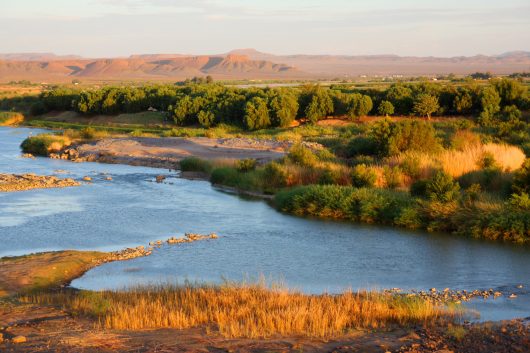5 Things You Should Know About Water Quality in Botswana

The small southern African country of Botswana is known to hold one of the world’s highest economic growth rates since achieving independence in 1966. The nation of 2.2 million people has transformed from its initial impoverished state to a middle-income country through diamond mining, tourism and common farming practices.
Due to the downturn in the global diamond market, however, the economy experienced a low point following the 2008 global recession, with widespread water and power shortages. In just this past year, water quality in Botswana has demanded significant attention as the nation entered its fourth year of drought, posing serious threats to the agriculture sector. Here are five things you should know about water quality in Botswana.
- A 2012 water sector policy brief conducted by United Nations Development Programme (UNDP) stated that Botswana’s water sources consist primarily of underground water and surface water (rivers, pans and dams), all of which are shared with neighboring countries. Collecting enough water for households and communities has posed several challenges in response to access and exerts additional pressure on Botswana’s water resources.
- Worsening climatic conditions only emphasize the depth of droughts and the crisis of water quality in Botswana. These factors force individuals to turn to the government to build infrastructure, find adequate solutions and join different South African pipeline schemes, though they will be costly. While the country has water in dams in the north, that water cannot be moved down to the south.
- In March 2017, The World Bank approved a $145.5 million loan to the Republic of Botswana for the Emergency Water Security and Efficiency Project, which will help Botswana cope with increased water stress arising from the drought crisis, and aid in the sustainable development of the country, given current climate change projections. Hundreds of thousands of people will benefit from this plan to restore existing water supply systems and improve the sustainability of water resources in Botswana.
- According to the CIA World Factbook, drinking water sources have improved for 96.2 percent of the total population, leaving 3.8 percent of the total population with unimproved sources.
- Sanitation facility access has reportedly improved for 63.4 percent of the total population and remains unimproved for 36.6 percent of the total population.
The issue of drought and water quality in Botswana leaves the country in a position where its people must adapt to water scarcity. Fortunately, with the introduction of environmental projects and recognition of the problem, efficient methods of restoring the economy of Botswana and its industries will soon take effect.
– Mikaela Frigillana
Photo: Flickr
